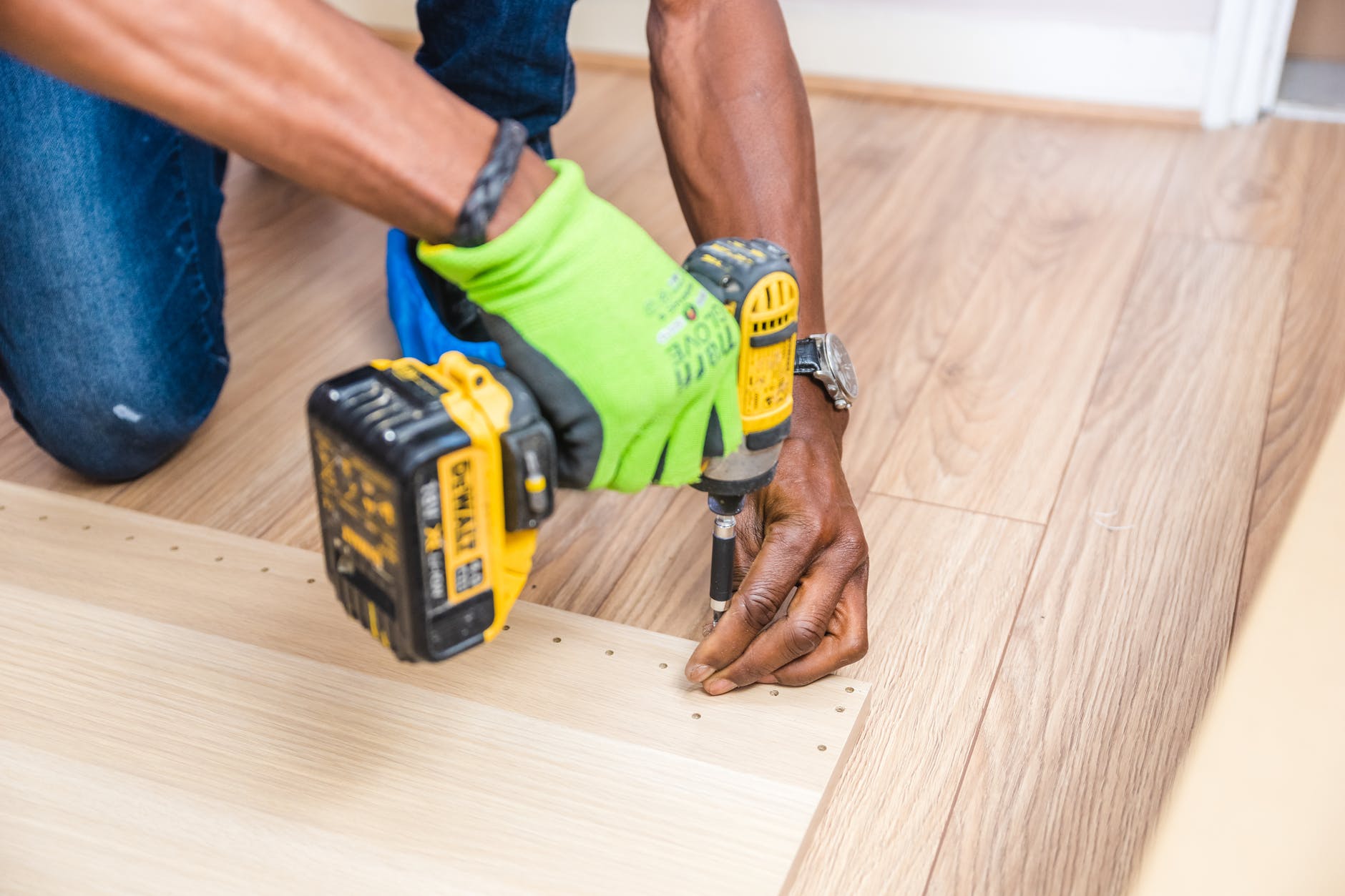Power tool safety should always be the top concern for people both at home and at work. Annually, there are thousands of people sent to the emergency room with injuries sustained from mishandling power tools. Many of these injuries tend to be severe and life-changing even after recovery. However, there are cases of people losing their lives in freak accidents which are not as common.
The most upsetting part is that many of these accidents do not have to happen if we take the proper steps to educate ourselves. While many of these accidents involving power tools occur at home, accidents frequently occur in the workplace as well.
OSHA also known as the Occupational Safety and Health Administration say many of the injuries sustained at work are the result of mishandling power tools. In fact, according to OSHA, accidents involving power tools at work occur just as much as falls and exposure to hazardous materials. Accidents using tools such as a radial drill or lathe have become more common over the years.
To reduce these kinds of problems, you needed to take precautions and make decisions that revolve around the old saying “safety first.” Hopefully, the following tips can help you, a friend or a co-worker make better choices when using power tools.
- Personal Protective Equipment
The first precaution a person can take is always using personal protective equipment or PPE. It is considered to be your first line of protection according to safety experts. PPE includes things such as protective eyeglasses, helmets, or protective body gear. Gloves can also be worn if necessary but can be a hazard with certain types of power tools. So always read the instructions when using a new tool or ask a manager at work about gloves. - Follow Proper Dress Code
There is a way to dress when working with power tools that many experts recommend. Having protective gear is a good start, but wearing certain types of clothing and accessories can be detrimental to your safety. You should avoid wearing long sleeve shirts or any baggy clothing. Wearing any jewelry is also a terrible idea when working with power tools. Hair that is too long should be tied back, so it does not fall in front of your face while working. - Educate Yourself
You need to properly educate yourself on what kind of a power tool you are using. It is a terrific idea to be up to date on training, so you know what device you are using and why. Your power tool is always going to be designed to complete a particular task. For example, if you are using a tool such as a radial drill make sure you have the proper training before using it at work. Using your tool for something unintended can cause an injury. - Avoid Changing Specifications
Do not ever change or make adjustments to your tools that are not approved by the manufacturer. Never make personal adaptations or adjustments that go beyond the manufacturer’s specifications. It is designed to work a certain way for a reason. Do not attempt to break or bypass any safety features when using a power tool either. This includes unauthorized writing or permanently marking a machine to signify something. - Inspect Your Tools
Never forget to inspect every power tool before you start working. Look for anything damaged on your machines. A device can be damaged because of the wear and tear after years of constant use. But even if your power tool is brand new, you should not take any chances.Check for any factory defects right out of the box. If there is a problem, return it to the manufacturer immediately. If you are at work, take it to your boss or manager and ask for another. When checking for damages or defects, also check for any adjustments before using a power tool. Someone else at work or home may have used the device before you and changed one of the settings. Make sure the configuration is correct before using it.
- Turn Off After Use
Be sure that your power tools are turned off, unplugged, and safely stored when not in use. Once your project is over, always make sure your instrument is turned off and unplugged to avoid any dangers. Once your device is unplugged, put it in its proper casing or storage space for safekeeping. Leaving it out can create huge problems if someone does not know it is powered. It can avoid any future accidents and injuries. - Clean Your Work Area
Make sure your work area is not dirty or cluttered. Keeping a clean working area means you need to pick up after yourself when finished. It means not only putting away your power tools but cleaning excess junk and trash left behind after you are finished working. Make sure you pick up disposable items like broken drill bits. Do not leave anything lying around for anyone else to clean or pick up when you are finished. - Keep Your Cool
Always remember to handle all of your power tools with care and respect. If you ever find yourself in a situation where things are not working the way they should do not get reckless. Handling your tools with care can make them last longer. But it can also promote safety in the long run. If you are frustrated about something, you can take a break and start again at a later time. If you happen to be at work, you can always tell your manager or co-workers that you need some fresh air. Having the emotional stamina to use a power tool is just as important as having the physical and technical know-how.
Remember that power tools are not toys for children, and accidents are going to happen. However, we can mitigate the chances of being negatively affected by the tools we use. According to OSHA, even if an injury from a power tool does not kill you, it can still cause severe damage. Various negative ramifications included going deaf, going blind, or even amputation. So always be overly cautious and very careful when using any power tool. It will prevent huge problems from occurring in the future.




